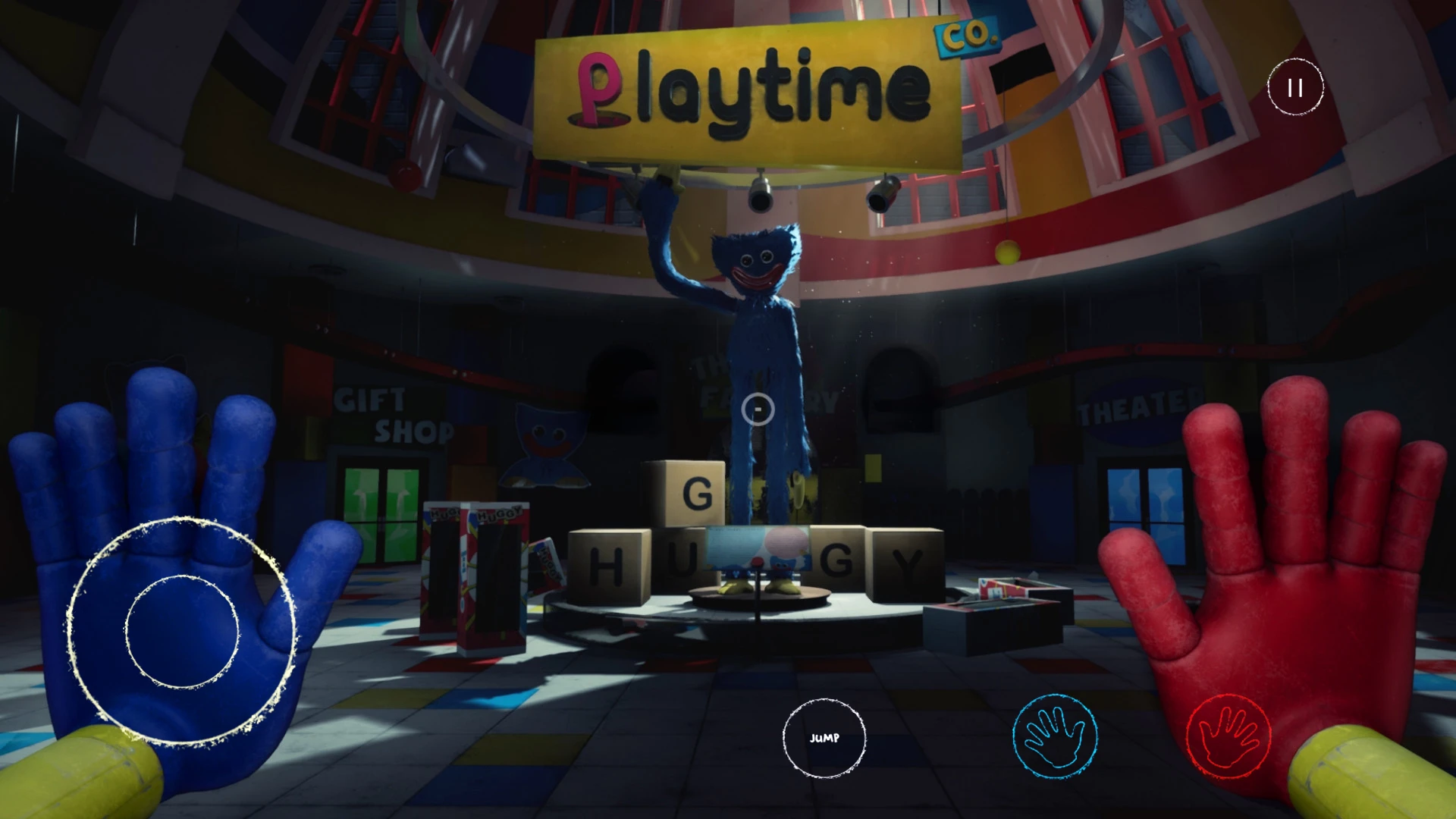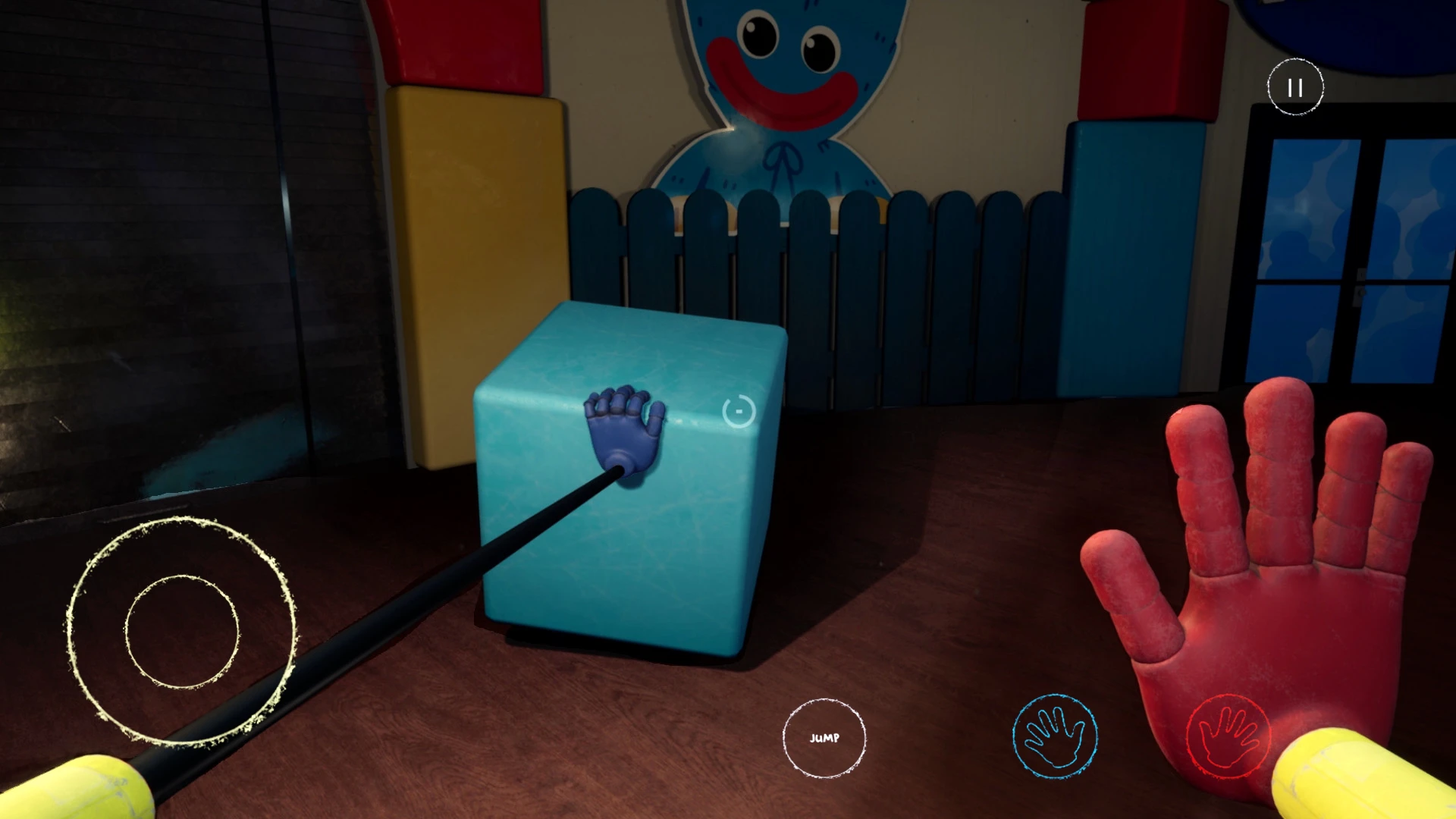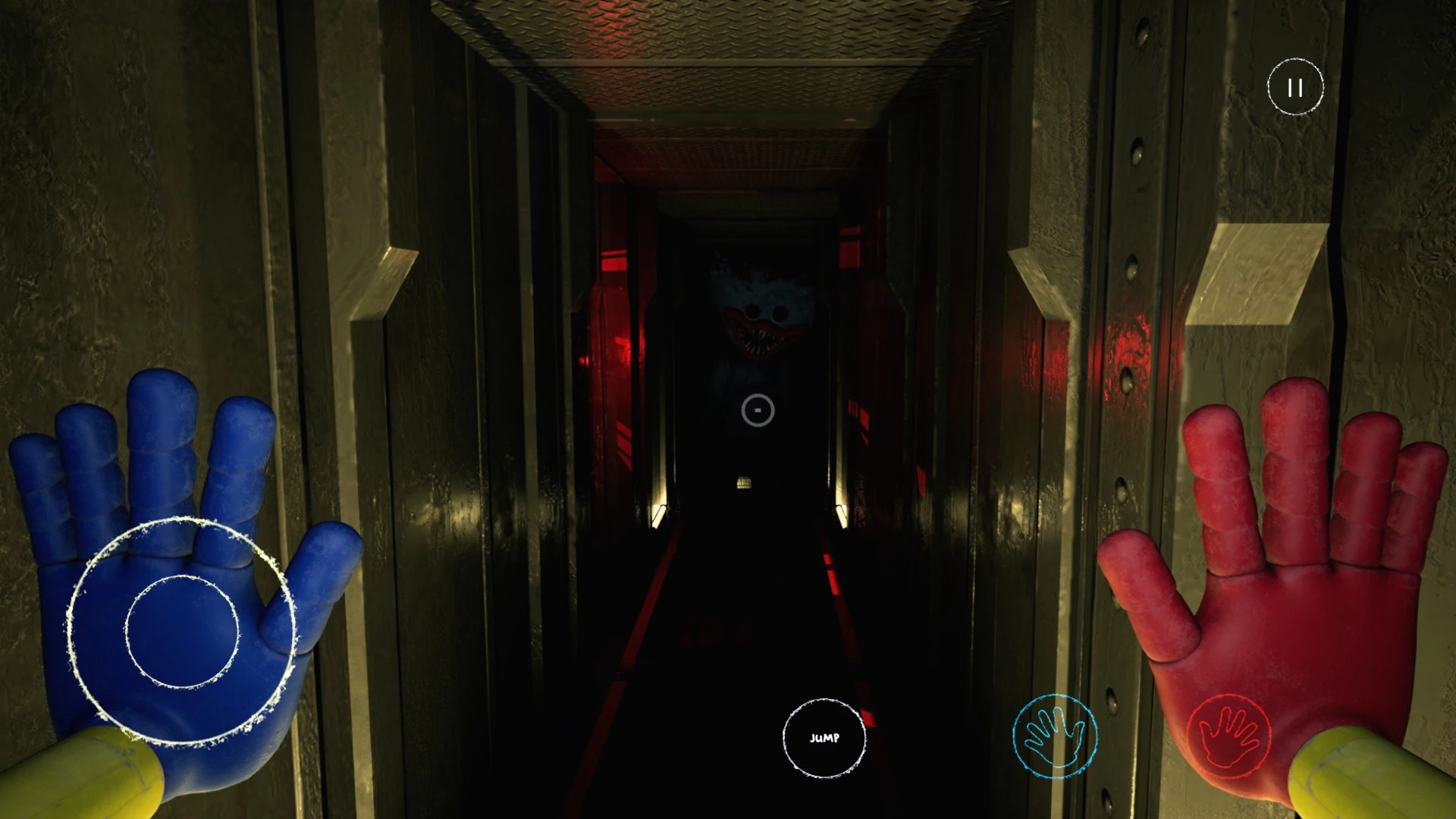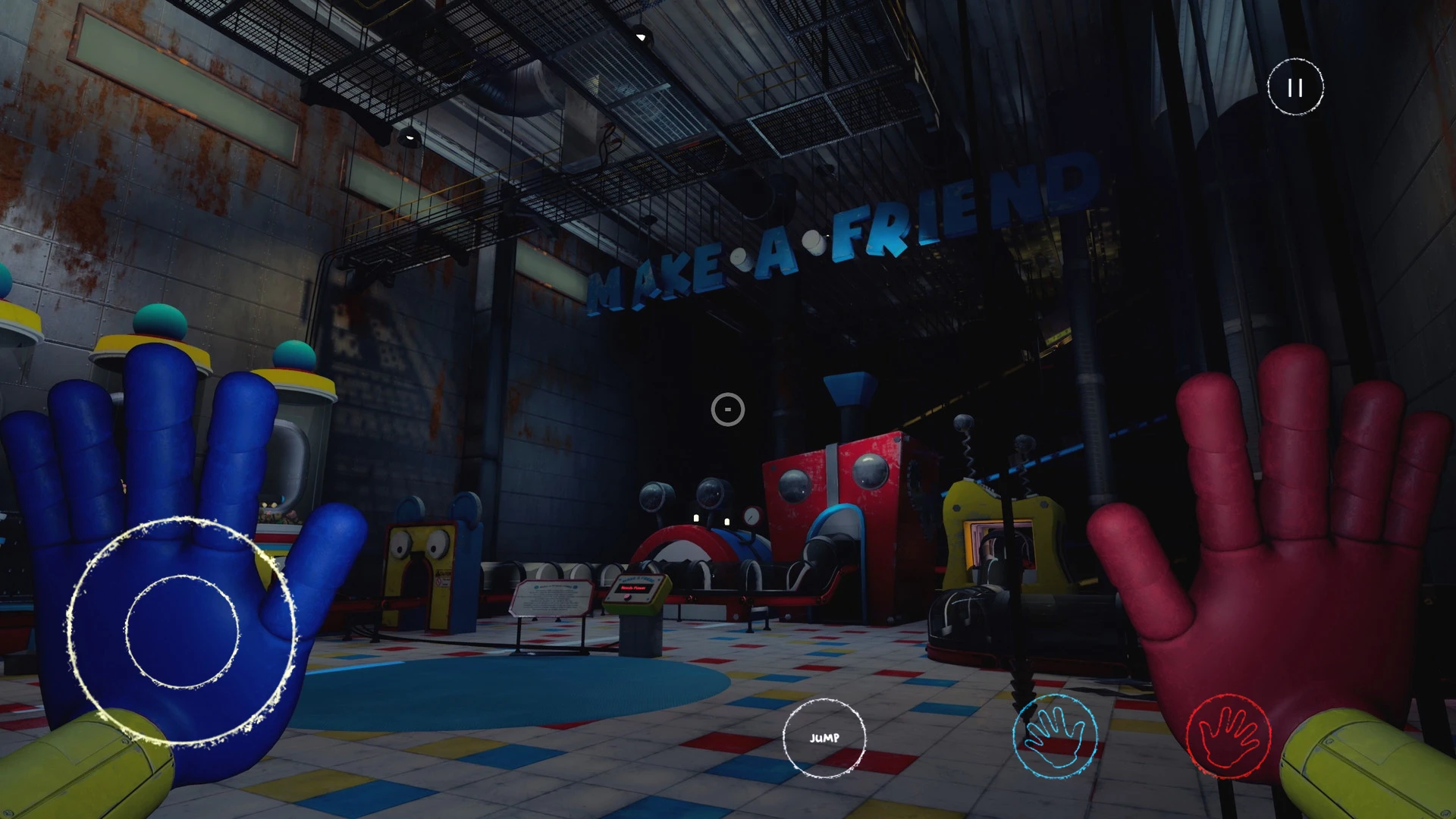 |
|
| Rating: 4.4 | Downloads: 500,000+ |
| Category: Adventure | Offer by: Mob Entertainment |
Poppy Playtime Chapter 1 is a rhythm-based action adventure game developed by Loose Cannon Studios. It belongs to the rhythm-action genre, blending timed button presses with platforming and exploration in a uniquely styled world inspired by horror aesthetics. The game is interesting due to its charming yet spooky visual design, engaging level design, and the satisfying feedback loop of hitting notes on time to defeat bosses and progress the story.
Poppy Playtime Chapter 1 offers a primarily single-player campaign experience focused on rhythm-based combat against various bosses. Its appeal lies in the unique combination of precise timing mechanics with creative, albeit darkly humorous, presentation elements. Players guide Poppy through increasingly difficult challenges, collecting parts for upgrades and story progression.
Gameplay and Features
- [Core Gameplay Loop]: The main loop involves navigating Poppy through levels filled with enemies and challenges. Players must press buttons on-screen in time with audio beats (hit notes) to damage enemies and avoid missing notes or death-feeds (lives lost). Objectives include defeating the main boss of each stage and collecting specific items, often requiring exploration of level layouts.
- [Visuals or Art Style]: The game boasts a distinctive art style blending cute, colourful character design with deliberately dark, spooky, and often unsettling environments. Descriptive details include glitchy aesthetics, jump-scare inspired moments, and a muted colour palette punctuated by vibrant, cartoonish characters against grim settings.
- [Modes or Levels]: Poppy Playtime Chapter 1 features a single-player campaign with a linear progression through multiple levels (stages). Each level focuses on defeating one boss, with increasing difficulty. There are no multiplayer modes included within Chapter 1, focusing entirely on the single-player campaign experience.
- [Controls or Interface]: Gameplay relies on touch controls, primarily tapping buttons on-screen corresponding to the beat. The interface is straightforward, featuring clear on-screen buttons synchronized with the rhythm, health bars, and a visual indicator for timing hits. Control precision is fundamental but forgiving for beginners, emphasizing the timing aspect over complex button combinations.
- [Customization or Power-ups]: Players collect parts from defeated bosses to upgrade Poppy’s core abilities, such as damage output, speed, or unlock special moves. While Chapter 1 is relatively linear, collecting parts provides tangible benefits and motivates players to explore thoroughly for better stats and easier encounters.
- [Any Special Systems]: The game features a “Spooky” system where certain actions or environmental elements trigger minor jump scares or unsettling visuals. There’s also a “Rave” mode where defeating enemies generates a pulsing light show, and the core mechanic involves managing Poppy’s three lives (death-feeds) which refill periodically.
How to Play
Beginner’s Guide:
- Step 1: Download and install Poppy Playtime on the desired platform (PC via Steam). Launch the game and start the main menu sequence.
- Step 2: Begin the single-player campaign, starting with the first level (stage) where you learn the controls by defeating an early boss and navigating the initial environment. Focus on tapping the on-screen buttons when the notes reach the line.
- Step 3: Defeat the boss at the end of each level, collect parts (if available and helpful), and progress to the next stage, which will typically feature a larger or more complex boss requiring mastery of timing and dodging.
Pro Tips:
- Focus on rhythm and timing, especially during boss fights where patterns often have specific timing windows for optimal damage or dodging.
- Collect all parts from each boss to unlock stronger movesets and visual flair, which also boost your damage and survivability against future challenges.
- Use the “Spooky” indicators (like flashing lights or sudden sounds) to anticipate environmental hazards or boss moves that require dodging.
Similar Games
| Game Title | Why It’s Similar |
|---|---|
| Rhythm Heaven Mega Pack |
Shares a similar rhythm-based challenge genre. Known for a collection of quirky mini-games requiring precise timing. |
| Friday Night Funkin’ |
Appeals to the same type of players. Offers unique beatmatching and rhythm gameplay set to various musical genres. |
| Rock ‘Em Sock ‘Em Robots |
Popular among fans of Poppy Playtime Chapter 1. Has comparable gameplay involving timed button presses in a satisfying arcade format. |
Frequently Asked Questions
Q: Is Poppy Playtime Chapter 1 difficult to pick up?
A: Generally, yes, Chapter 1 is quite accessible for beginners, but mastering the rhythm timing, especially against tougher bosses later on, requires practice. The learning curve is often steep in the early moments but becomes smoother as you progress and understand boss attack patterns and timing mechanics.
Q: Can I play Poppy Playtime Chapter 1 on my phone?
A: Absolutely! Poppy Playtime Chapter 1 is available on PC (Steam), PlayStation 4, Nintendo Switch, and most importantly, on mobile platforms like iOS and Android through platforms like App Store or Google Play Store.
Q: What happens after I complete Chapter 1?
A: Completing Chapter 1 unlocks Chapter 2, which introduces more complex boss designs, new gameplay mechanics, and a darker story progression. You’ll revisit the core rhythm gameplay but encounter new challenges and enemies.
Q: Are there any secrets or hidden collectibles in Chapter 1?
A: Yes, while not extensive, you can often find small collectibles like extra parts for Poppy or decorative items scattered within levels if you explore thoroughly. Pay attention to areas that look slightly different or require jumping to reach.
Q: Does Poppy Playtime Chapter 1 have replay value beyond just beating the story once?
A: While the single-player story path is linear, replayability comes mainly from collecting all parts (100%) which unlocks cosmetic changes and potentially stronger movesets. However, Chapter 1 itself doesn’t feature separate levels or modes beyond the main campaign.
Screenshots
 |
 |
 |
 |
